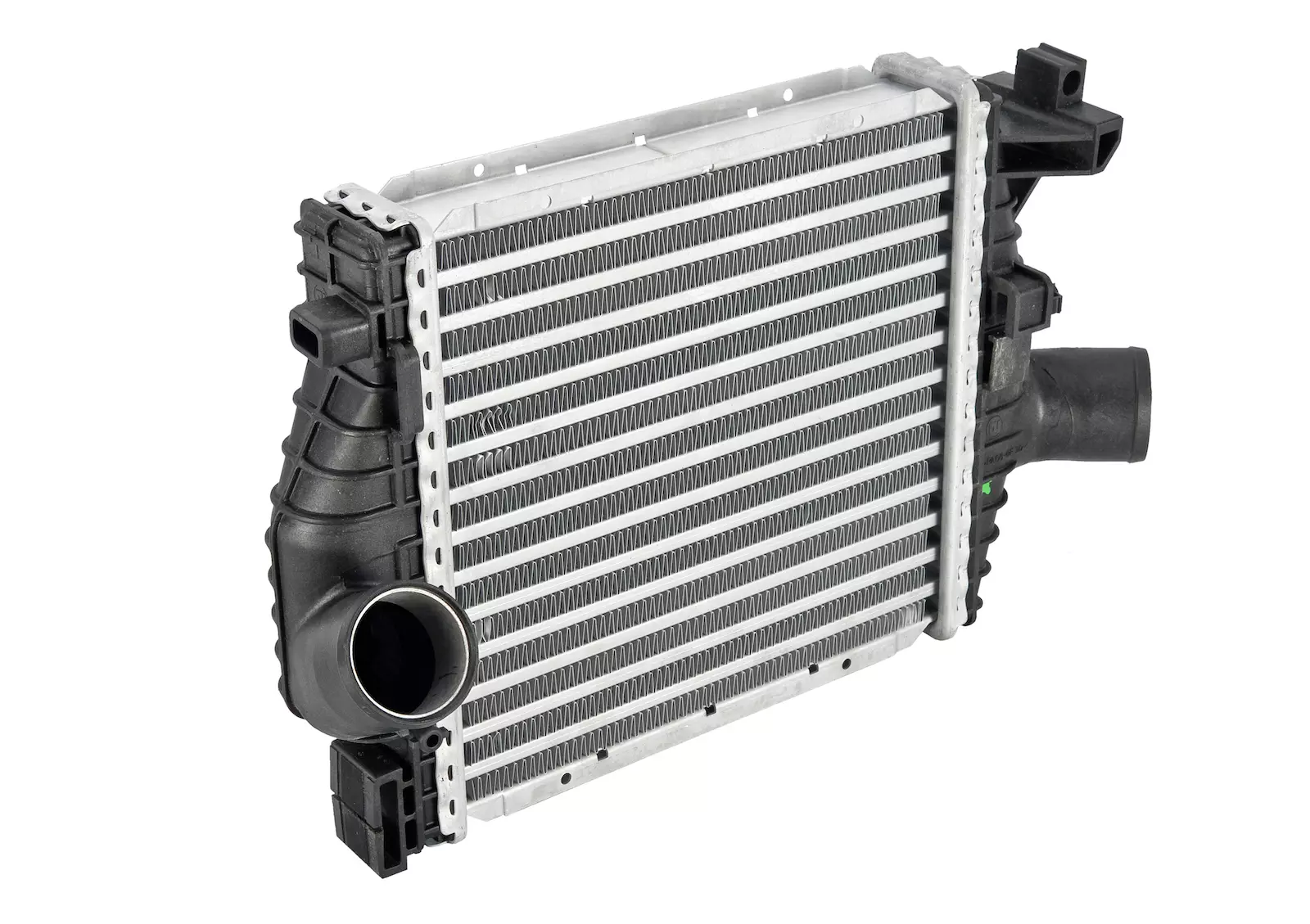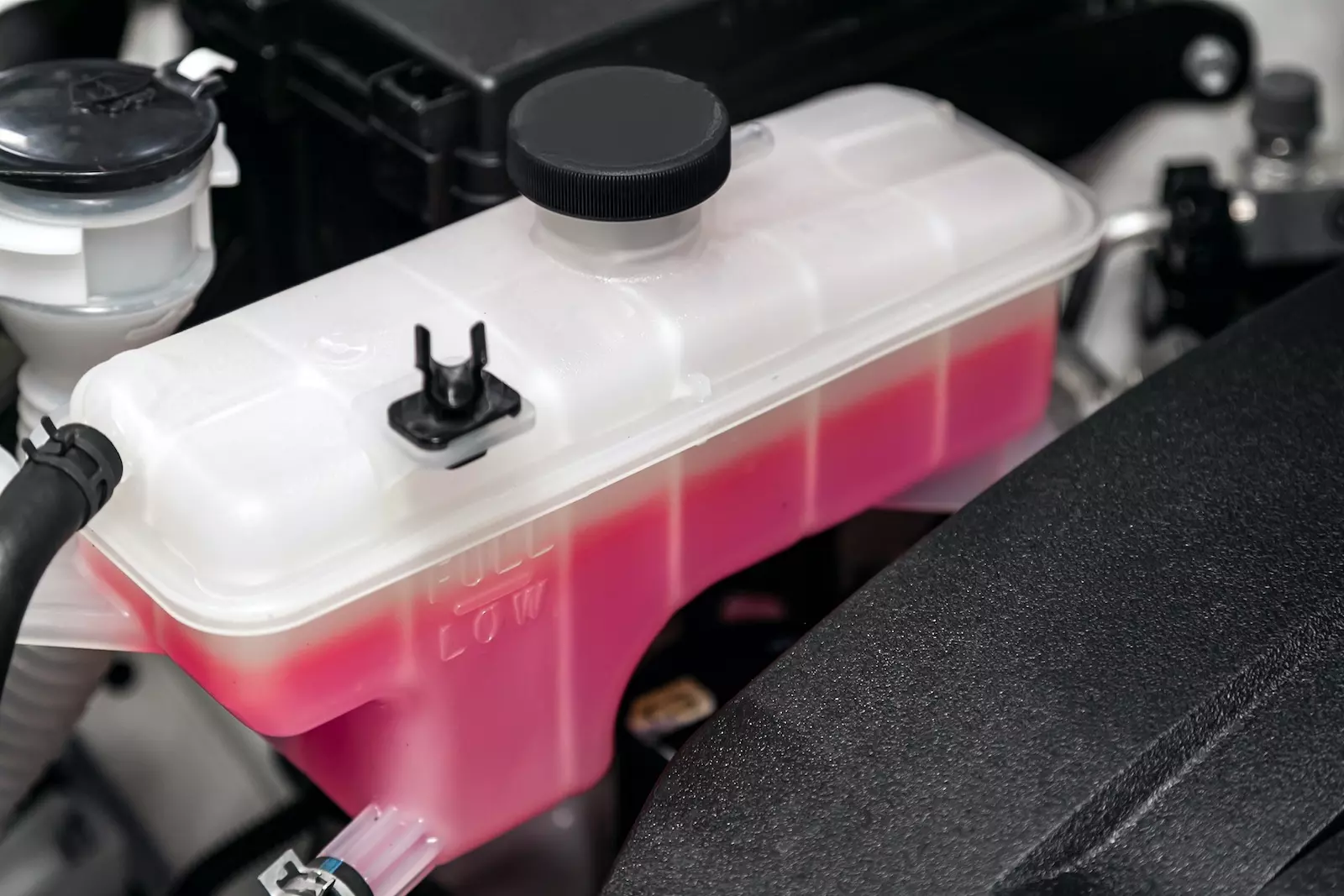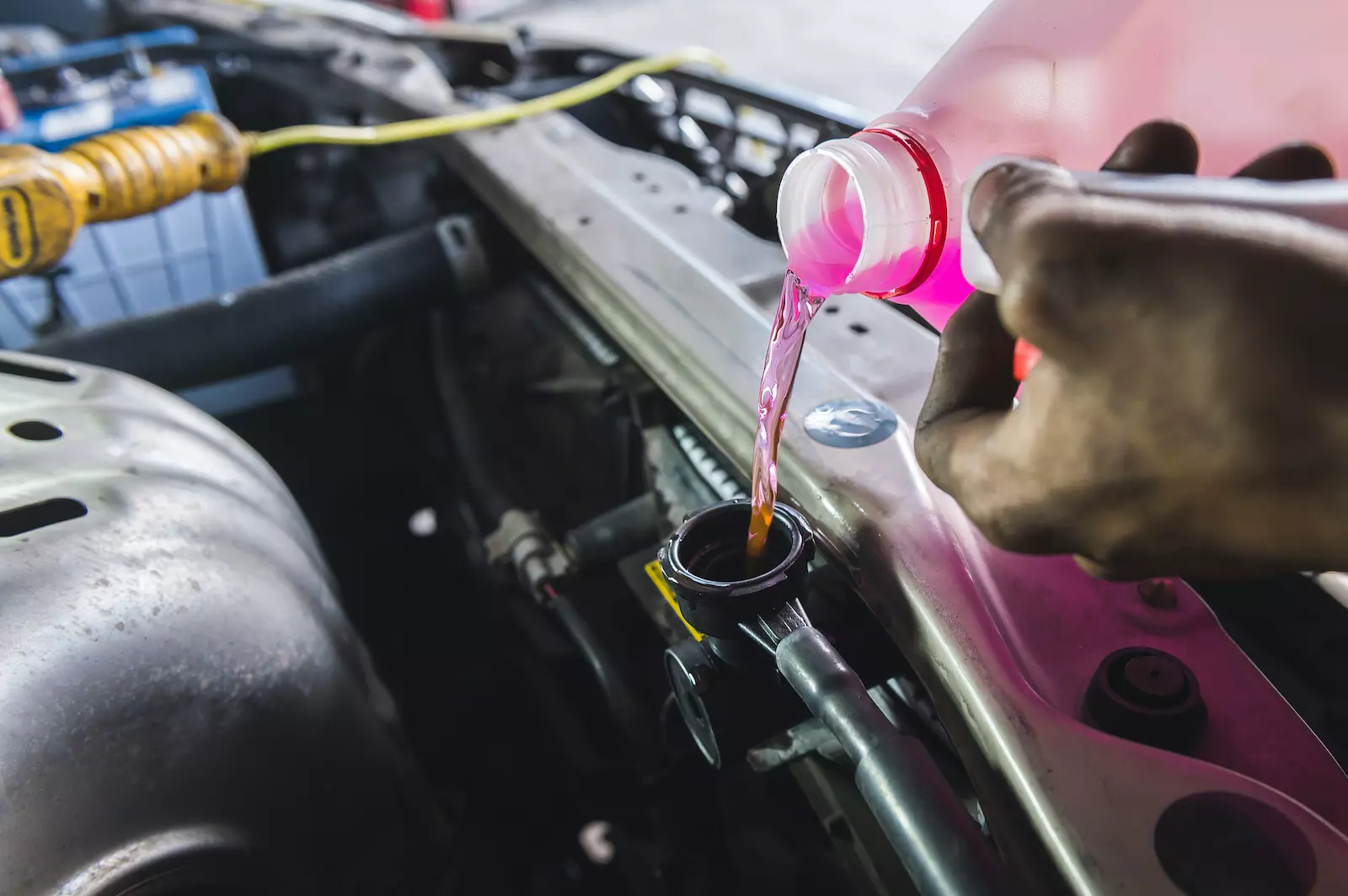
Car cooling: how does it work?
Heat is an engine’s fickle friend: too much of it will cause it to expand and seize; too little and it won't run efficiently, on the way to wearing out.
But while recent years have seen massive developments in cars’ powertrain systems including turbocharging, down-sizing and hybridisation, car cooling has remained largely unchanged except, perhaps, for becoming more compact and faster acting to improve efficiency and reduce emissions.
Below we explain what a car cooling system is, what it does and how to maintain it.
Air cooled vs liquid cooled
Air-cooled engines are yesterday's news, harking back to models such as the original VW Beetle and Porsche 911. Nowadays, all new mass-produced car engines use a liquid cooling system, and that's what we're focusing on here.
A water cooling system is a complex heat exchanger comprising special coolant fluid, pipes, some clever regulating valves and a car radiator and an expansion tank.
Propelled by the water pump, coolant flows from the radiator to the engine, where it travels around the main engine block, in which the pistons go up and down, and the cylinder head including the valves, where temperatures are very high.
The coolant travels back to the car radiator, some of it via the car's heater, where a fan blows over it to carry warm air into the cabin. So cooled, the coolant fluid begins its journey around the engine once again.

What does a car cooling system look like?
Prop open your bonnet and at the front of the engine bay sits the car radiator – a slim, rectangular honeycomb panel with hoses attached to it.
Shift your gaze back a little and you’ll see a small, clear plastic tank with a cap on it, usually filled with pink, green or blue fluid. That’s the car radiator expansion tank. Just to be sure, look for a couple of narrow hoses leading from it, one of them to the radiator.
By the way, if you’ve just been for a drive, don't open this cap – you may be scalded by hot, pressurised coolant. Wait until the engine is cold before unscrewing that cap.
Look behind the radiator and you’ll see a large fan, either mounted on the engine or separate from it. This pulls air through the radiator to help take away the heat.
Nearby, you’ll also see the long rubber auxiliary belt that drives various ancillary systems of the engine including (on some engines) a strange thing with hoses coming off it. That’s the water pump that sends the coolant fluid around the system. On some other engines, the pump is driven by the timing belt, whilst on very new vehicles, the pump is driven by an electric motor.
How does the cooling system work?
Here’s what happens when the engine and coolant are cold
A cold engine isn't good since fuel doesn't vaporise easily at cold temperatures, while the engine oil is cold and sluggish, and doesn't do a good job of lubricating the engine’s moving parts. So it needs to heat up – fast.
Bizarrely, the cooling system can help. The moment you start the car, the water pump begins to propel the cold coolant from the lower tank in the radiator (basically, the bottom section) to the cold engine block. From here it travels through channels in the casting to the cylinder head, and then back towards the pump.
Now here’s the clever bit. Located close to the pump is a thermostatically controlled valve. If the coolant is too cold, the valve remains closed, preventing it reaching the radiator and causing it to be pumped straight back to the engine uncooled, as well as around the cabin heater.
The coolant begins to warm up very quickly, helping to carry heat around the engine and accelerating the warming-up process, so improving the engine’s efficiency.
Here's what happens when the engine and coolant are hot
An engine’s maximum operating temperature is around 120C but when the coolant reaches around 90C a magical thing happens: the thermostatically controlled valve opens, diverting the hot coolant to the radiator via the upper radiator hose and into the upper radiator tank.
Of course, it’s not magic. In fact, wax inside the thermostat melts and expands, forcing the valve to open. Incidentally, this change in temperature is being monitored by a sensor that relays the data to the car’s engine control unit, which makes small running adjustments to the fuel and ignition systems as necessary.
On the latest cars, the operation of the thermostat is controlled completely by the engine management system. This allows precise control of the coolant temperature, further reducing emissions and increasing efficiency.

How does the car radiator work?
This is where the coolant system goes from helping to heat the engine up, to helping it not get any hotter. Like your radiator at home, a car radiator contains a network of pipes running from the so-called top tank to the bottom tank.
Unlike your radiator at home, though, the one in a car is a dense mass of thin aluminium layers in a honeycomb structure that surrounds the pipes carrying the coolant. The heat passes from the coolant to the aluminium.
As the car moves along, air comes in via the front grille and passes over these aluminium layers, whose effect is to increase the surface area of the radiator and boost the heat transfer process. By the time the coolant has travelled from the radiator’s upper tank to its lower tank, it’s ready to be pumped back to the engine.

What does the coolant expansion tank do?
As the coolant increases in temperature it expands, causing a pressure build-up in the system. This isn't as bad as it sounds because the increase in pressure raises the coolant’s boiling point to beyond 100deg C, much like a pressure cooker means you can cook at very high temperatures without boiling the food.
However, it’s vital this pressure can be released or else, first, no more coolant will be able to enter the radiator and second, sooner or later the system will explode.
This is where the second bit of coolant system magic occurs. The car radiator has a cap or pressure valve which, when the pressure reaches around 15psi, opens, allowing more of the coolant to flow into the expansion tank mentioned earlier, so relieving the pressure.
It’s a sealed system so there’s rarely any need to top up the coolant level, which you do when the engine is cold and by unscrewing the filler cap on the reservoir. Check the level markings on the side of the reservoir and if there is fall in the level, check the cooling system hoses for leaks.
Older systems have an overflow pipe instead of a reservoir, so you must top up the system via the radiator, again when it’s cold.

Is the electric cooling fan important?
When you pause at traffic lights, or arrive at your destination and turn off the engine, you may hear a muffled whirring noise. That’s the electric cooling fan behind the radiator pulling air through it to cool it down.
It’s controlled by a temperature sensor but modern cooling systems are so efficient that unless you are stuck in a traffic jam for a long period with the engine running, or you’ve been driving particularly quickly, it rarely comes on.
An alternative to the electric fan is one driven straight off the engine via a viscous coupling controlled by a temperature-sensitive valve. It engages or disengages the fan as required.
Time to change your car's coolant? Find out how
What goes into car coolant?
If car coolant was just plain water, life would be a lot simpler but water contains impurities that corrode the cooling system and reduce its efficiency. Not only that but water also boils at 100C and freezes at 0C.
This last characteristic is a bad as having no coolant at all since, being frozen, the coolant will not flow and the water pump will not rotate, which means the engine will get hotter and hotter until it seizes. If the water pump is driven by the timing belt, the seized pump could damage the belt. Frozen coolant expands, too, causing serious damage to the engine block and pipes.
Instead, car coolant is a mixture of water and anti-freeze. Most manufacturers now recommend using de-ionised water (in other words all the minerals such as sodium and calcium have been removed). The anti-freeze contains additives including corrosion inhibitors. Coolant can be made by mixing de-ionised water with anti-freeze concentrate, or it can be bought pre-mixed, ready to be added to the cooling system. If you're mixing your own coolant, stick to a ratio of 50/50 anti-freeze and water. Any less or more will reduce the effectiveness of the coolant.

At this point, it’s important to know that anti-freeze is quite an aggressive chemical and that it’s important you use the right type of anti-freeze in your car, especially since it’s possible to buy it separately from coolant and add it as necessary. Don't leave anti-freeze puddles on the ground - it's poisonous!
Most cars made since 1998 have aluminium engines and radiators for which only organic acid technology-based (OAT) anti-freeze is suitable. Cars built prior to 1998 can use its non-organic acid technology alternative. There are two other types in common use, too; one that’s based on ethylene glycol and another on propylene glycol.
Anti-freeze comes in different colours according to the cooling systems it’s compatible with and it's best to top-up, if you have to, with the same one. If in doubt, consult your car’s handbook or Haynes manual.
You can check the strength of the anti-freeze in your car’s coolant using an anti-freeze tester or hydrometer.